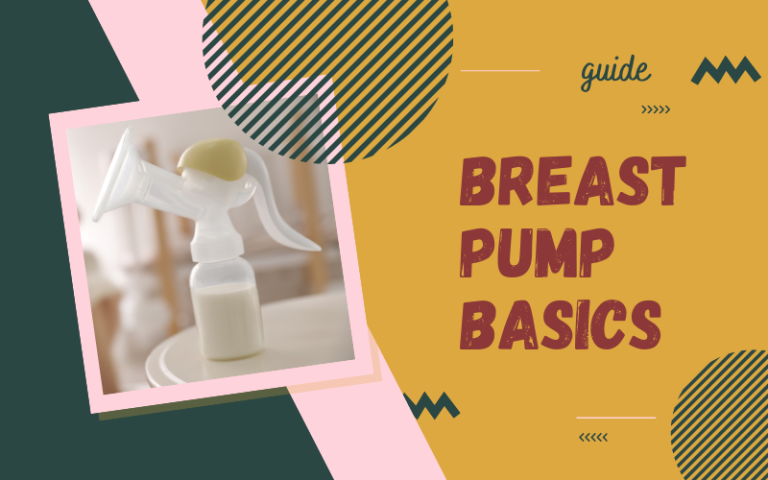As a mother who needs to breastfeed at work, you should understand breast pump basics.
Since you’re at one point going to employ the help of one.
The new-age mother is far removed from an earlier era where moms were tied to the duties of wedded life.
It’s more than looking after the domestic duties of the household and rearing children full-time.
Today’s mom is very busy. She may have to balance the workplace and career demands with the home.
Importance of Breast Pumps
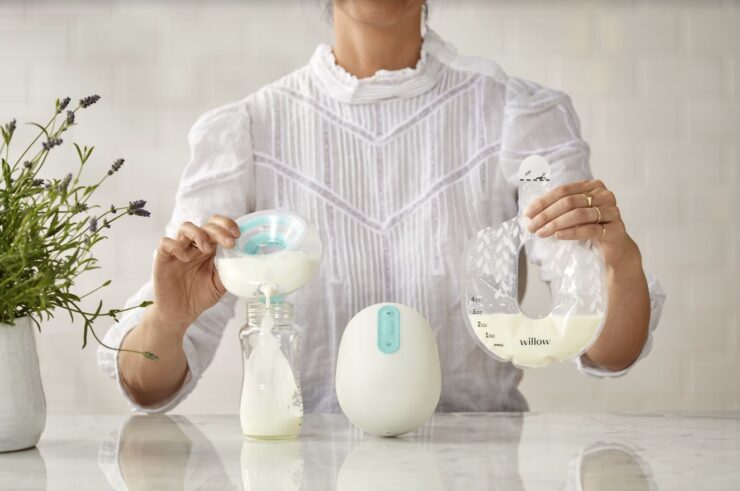
Breast pumps are an answer to the needs of such moms, with infants between the age of zero to a few years.
Breast pumps are an answer also for children who cannot nurse at the breast for various reasons.
It might be that they’ve not picked up the naturally efficient technique of sucking at the breast to get their food.
Mother’s milk is the best food that the child will ever get. And no amount of formula milk can substitute it.
It would indeed be a waste for the family if the milk does not reach the child. Especially if the mother is able to express it.
The market today is flooded with breast pumps that come in all hues. Each tailormade for breastfeeding mothers in one or the other situation.
Making the Right Buying Decision
After having made up one’s mind to give the child nothing but breast milk. You need to decide how you can cope with long working hours and time away from the little one.
In such a case, prudence demands awareness about the different options available in the market.
It would be thoughtless to go ahead and buy the first one that comes insight. A proper evaluation of which breast pump will suit your particular situation the most is called for.
What Type of Breast Pump?
What type of breast pump suits best for you, depends on a host of factors.
You need to consider the current age of your child.
The amount of time in terms of the number of hours/days you are away from the child is important too. And so is the frequency of pumping that you anticipate.
You need to decide between nursing and feeding the baby from the expressed milk in the bottle.
You’ll also need to determine the frequency of pumping. Hence the quality of the breast pump that you should be using.
Breast Pump Basics: A Primer
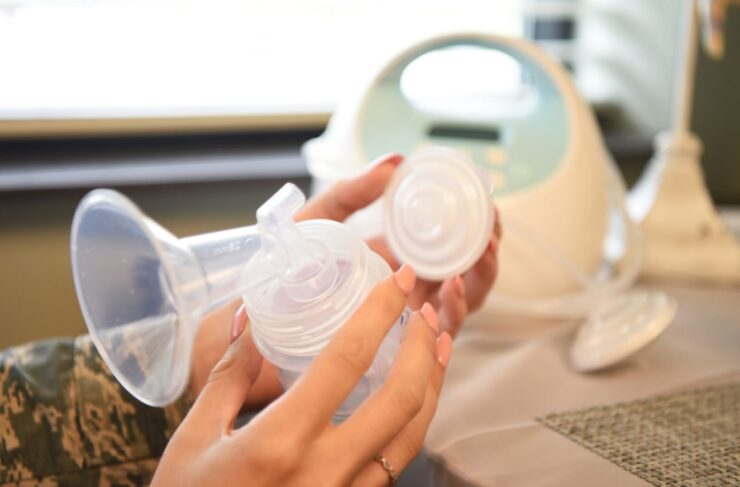
Let’s take a look at the basics of the breast pump.
A breast pump mimics the technique that the child naturally adopts for nursing.
There is suction at the nipples, followed by a release, and then there is relaxation.
This pattern is followed by the child naturally between forty and sixty times in a minute. This continues until a stomach-full is obtained.
The breasts respond to this rhythm quite naturally and let down usually occurs smoothly.
Breast pumps come in very sleek and compact discreet handbags these days. So, you may carry them with you while traveling, as well as to work.
Types of Breast Pumps
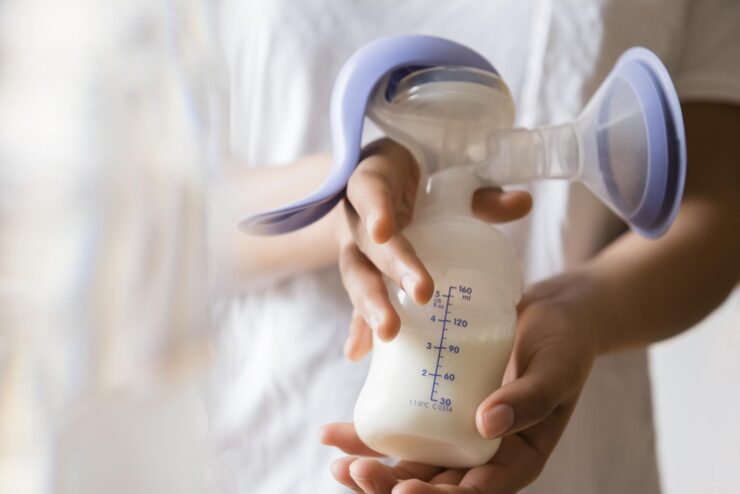
Breast pumps come in two broad categories – manual and electric/battery operated.
- Manual devices – They require pumping action to be carried out by the mother. These devices are usually hand-operated, though a few models are pedal-driven. That is, they can be operated by the foot, also.
- Electricity-driven breast pumps – They come with a power supply cable and an adapter.
- Battery-operated ones – They are usually single-battery devices.
- Hybrids – With both electricity as well as battery operation – they are available too.
If you intend to carry it to the office, an electric-operated machine will require a plug point close to your desk.
Or some convenient place where the expression can be carried out with a degree of privacy that you are comfortable with.
Evaluating Breast Pumps
There are a few broad parameters that the breast pumps are technically appraised on.
One of them is the cycle time at which the pattern of sucking-releasing-relaxing-sucking. This is discussed briefly above but here is it in detail.
Breast Pump Cycles
Pumps that come closer to the 50 to 60 cycle are the optimal ones. Anything less or more might cause a problem.
Either there will be pain in the breast or the tissues might get damaged.
Some electric/battery pumps cycle automatically. And some models having a switch setting for low to high cycles.
It is advisable to start with a low setting, and gradually increase the cycles to bring to a level where the comfort level is highest.
Quite a few models are not automatic, which come with a hole on the instrument.
The mother will need to cover and uncover it periodically with her finger or another inbuilt mechanism. This is important for regulating the cycle.
Automatically cycling devices definitely have an edge here.
Purely battery-driven pumps have a tendency to cycle at a slower speed compared to electric models. This is true especially when the batteries go weak over a period of time.
The Breast Pump Breast Shield
Another parameter worth considering is the size of the breast shield. An optimum breast shield is one that snuggles the nipple and enough of breast tissue quite conveniently.
This could be a problem with moms having both larger than “standard” and smaller than “standard” breasts and nipples.
Companies that have recognized this as an issue have come out with optional sizes along with the regular stock sizes and when shopping for the ideal device.
Pumping Style
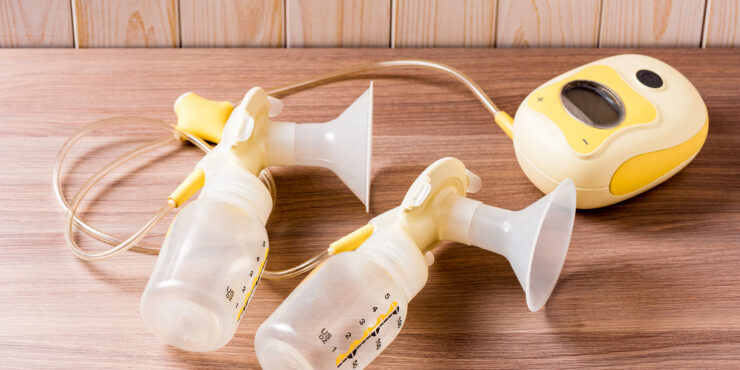
Whether you can pump from one engorged breast at one time. Or both the breasts alternatively.
Or both breasts will have an impact on the speed with which you can complete the expression activity.
Pumping one breast at a time would be ideal when the mom is really not pressed for time. Or if she’s a stay-at-home person. The frequency of expression in such a case may be once or at most twice a day.
Alternating double suction pumps work by creating a suction on one side and performing a release on the other.
These pumps stimulate the body’s milk-generating mechanism in a better way. In fact, the volume of milk usually increases by usage.
Hospital Grade Breast Pumps
Simultaneous double pumps are also known in trade parlance as Hospital-grade or professional-grade pumps.
These pumps attach to both the breasts simultaneously and pump both the breasts at the same time.
Studies have shown a better supply of milk over longer periods is achievable. This is when using the double pump technology.
The Warranty on Breast Pumps
Some situations warrant that you choose electric breast pumps over manual ones. In such a case, a vital criterion that should be borne in mind is the warranty being offered.
Usually, the parts that are prone to wear out do so, when the warranty is just getting over. So, companies usually calibrate their warranty periods thus!
This means that the frequency of usage of the breast pump will determine how soon the machine wears out. That’s why you should monitor how many times per day, or per week you want to use it.
If the intention is to make use of it about three to four times a day, then sets with durable motors are better.
Periodic Cleansing
One last basic feature about breast pumps that we shall discuss here is their periodic cleansing.
It is ideal to sterilize individual components of the device by placing them in boiling water for about ten minutes.
You should follow the salesman’s advice on what components to sterilize.
And if so, what the alternatives are, to ensure that such components are hygienic and not harmful. So you need to build up some sort of period schedule for cleaning.
Say, weekly or fortnightly – to carry out the cleansing process without fail.
Final Words
The internet has a lot of message boards these days. You can post queries about breast pumps and other postpartum issues.
This should help you resolve any problem with help from mothers who have gone through similar experiences.
The breast pump can surely never replace the heavenly joy of directly nursing your bundle of joy! But it surely comes close!

